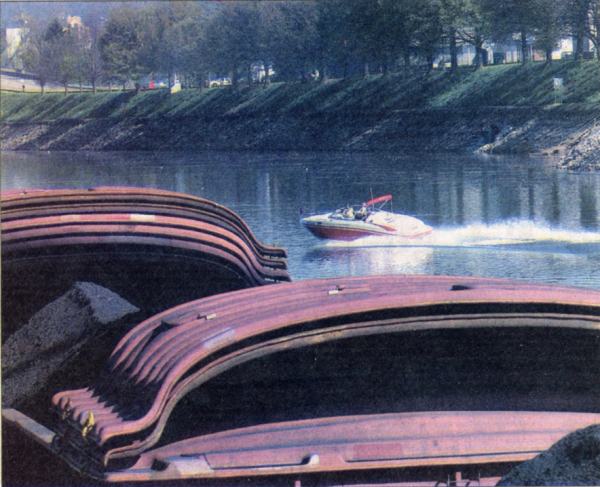
Charleston Gazette-Mail
22 April 2007
By Rick Steelhammer, Staff writer

As Bobby Burns piloted a 10-barge tow bearing 16,000 tons of coal through downtown Charleston on Saturday, a red runabout darted in front of the tow's leading barges.
"He's getting out of the way, but in a second, I won't be able to see him," Burns said, just before the power boat disappeared behind a stack of barge covers on the port side of the tow.
As the M/V Charleston passed under the South Side Bridge, Burns put the Madison Coal & Supply Co. vessel in reverse at near full power, bringing it to a stop as the pilothouse came abreast of the Kanawha County Courthouse.
"If that boat had been towing a skier who had fallen down, we would have run over him," Burns said. "It takes a quarter-mile to a half-mile to stop, depending on how the water's running and how many barges you've got."
And pushing a tow that's 105 feet wide and 800 feet long in a river that's only a few hundred feet across "doesn't give you a terribly big amount of room to work with," he added.
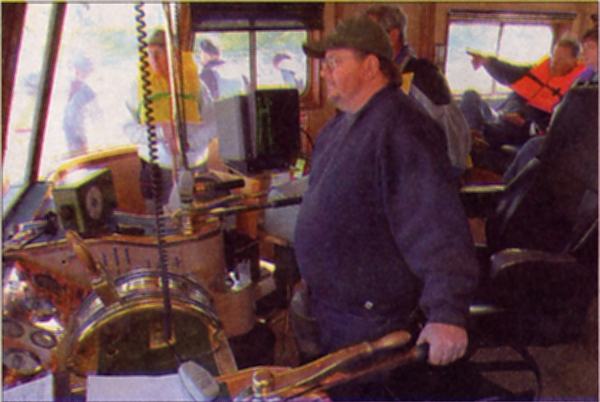
The motorboat that crossed the path of the M/V Charleston on Saturday was operated by a member of the Kanawha River Power Squadron, who had been in cell phone contact with Burns before making the maneuver.
The exercise was done for the benefit of recent graduates of a Boat Smart marine safety course sponsored by the Power Squadron to acquaint new boaters with the challenges of boating on a busy river shared by commercial and recreational watercraft.
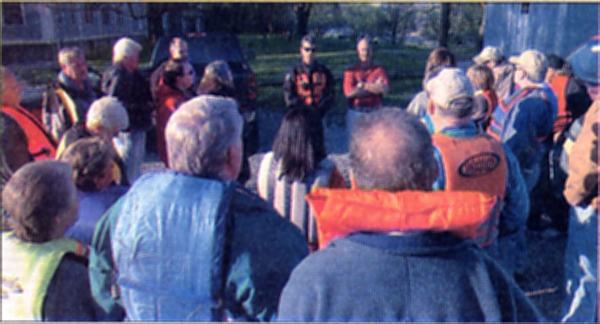
Madison, which operates a fleet of 25 line-haul towboats on the Kanawha and Ohio rivers, invited the recreational boaters to ride the M/V Charleston from its Port Amherst headquarters to St. Albans, to increase awareness about towboats' visibility issues and maneuvering constraints.
"Most boaters will stay out of our way," said Burns, "but there are some who will pull a skier right in front of you, or stay in the middle of the river and not move until you're almost on top of them. What's really scary is seeing a guy paddling to get out of the way because he waited until the last minute to start his motor, and the motor didn't start."
"Jet skiers like to ride on our stern wake," said Dale Little, the M/V Charleston's chief engineer. "I've seen them come so close, I thought they would end up on our deck."
Personal watercraft operators who fall into the stern wake risk not only drowning, but being sucked under the boat or into thrusters or spinning propulsion wheels as well.
While most towboat crews have experienced occasional near-misses and lesser numbers of noninjury collisions with boats and personal watercraft, the consequences of such encounters are sometimes fatal.
Little was working on the Ohio River near Kenova several years ago when a motorboat plowed into his towboat, killing one on the motorboat.
"It's terrible when something like that happens," he said.
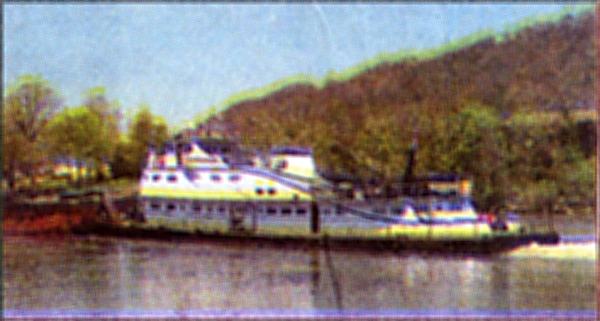
West Virginia Division of Natural Resources Conservation Officer Clifford McDowelle, who accompanied boaters on Saturday's trip, said boaters should stay 500 feet away from the bows and sterns of towboats, "and never assume that the pilot has seen you."
He added that it makes sense for vessels "that are more maneuverable to give right of way to craft that are less maneuverable."
McDowelle said wake-jumping personal watercraft operators can be ticketed for reckless operation, and receive fines ranging from $20 to $300.
The conservation officer said he once encountered a personal watercraft rider who was operating his craft while seated backwards.
"He was trying to get attention," he said. "He definitely got ours."
When passing through stretches of river being heavily used by recreational boaters, "we go a lot slower, send deckhands out on the barges with radios and keep a spotter on lookout here in the pilothouse," Burns said.
Madison safety officer Sean Jones said Saturday's tour on the M/V Charleston was the first of several that have been scheduled to acquaint recreational boaters with safety issues encountered while sharing the river with commercial traffic.
"We can only do so much in calling for more river patrols and Coast Guard support," said Jones. "This is a way to let people see what towboats are capable of doing and not capable of doing. We hope the people who take these trips tell their friends and get the word out."
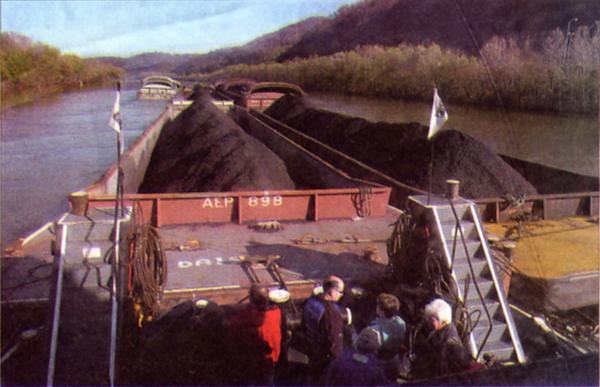
"I didn't realize how far it takes for a towboat to stop," said Bradley Bowers, a recent graduate of a Boat Smart safety class. "You might think 100 yards is plenty of space to give one of these boats, but if something happens to your boat or your skier, it's not."
To contact staff writer Rick Steelhammer use e-mail or call 348-5169.
On May 19 the Kanawha River Power Squadron will hold another daylong Boat Smart course - now required of all boaters born after 1986 - at Lou Wendell Marina. A series of Monday night Boat Smart classes is scheduled to begin May 7.
For information, call Frank Burdette at 744-1697.